When it comes to arcade racing games, two manufacturers stand out above all the others: Sega and Namco. Of course, there have been others along the way, but if you’ve ever played racing games in an arcade (and if you haven’t, I can suggest a couple of locations where you can correct your terrible oversight), the likelihood is that you’ve played one from Sega or Namco.
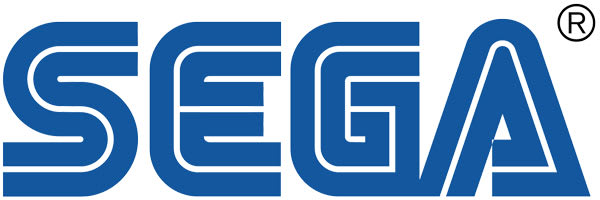

Both companies are older than you might imagine, considering they’re famous now for video games. Sega came into being in 1965 as the result of a merger between Rosen Enterprises and a Honolulu-based company named Service Games (which is, incidentally, where the name “Sega” comes from: Service Games), which had been around since 1940. Namco, meanwhile, were founded in 1955, as Nakamura Manufacturing, and renamed themselves “Nakamura Amusement Machine Manufacturing Company”, which sort of gives rise to the acronym “NAMCO” (but should probably be “NAMMC”, though that’s not as catchy).
Though arcades are not what they once were, it’s no coincidence that Namco and Sega are both still very much active in the design and manufacture of new machines, despite so many others shifting focus to home consoles, or going to the great arcade in the sky. These two are legends of the industry, and deserve the success they’ve experienced, though that’s not to say that they haven’t made mis-steps along the way. I’m looking at you, Sega’s Sonic ’06 and Namco’s amusingly-named Tinkle Pit.
In this week’s blog post I thought we should try and decide which of them has produced the greatest driving games of all time, since both have a great history in the genre and both have stolen far more 50p coins from me than anyone before or since. In future perhaps we’ll look at other genres, since both have produced some great light gun games, for example, but this week we’re looking at their driving games. I’ve chosen five of their best and put them up against each other, and we’ll see who’s the top dog in the driving game genre once and for all. Maybe.
The Arcade Staples:
Sega Rally Championship (1994) vs. Ridge Racer (1993)
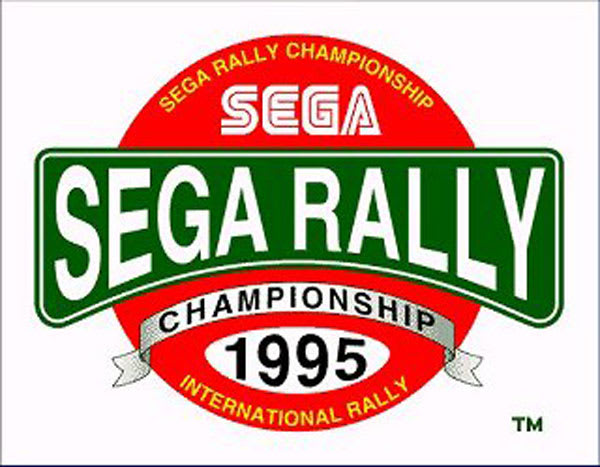
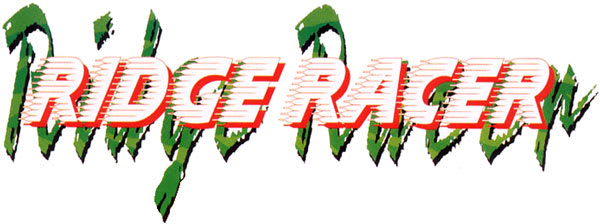
Sega Rally Championship was the first of its franchise, and appeared in pretty much every arcade in the 1990s. It was the first racing game to offer the chance to race on different surfaces, such as asphalt, mud and gravel, which changed the way your car would respond and meant having to change racing line and over/understeering techniques on the fly. Retro Gamer named it the best racing game of all time in 2009, and its influence can be seen in racing games right through to the present day, including the Colin McRae Rally games and Gran Turismo’s varied course surfaces.
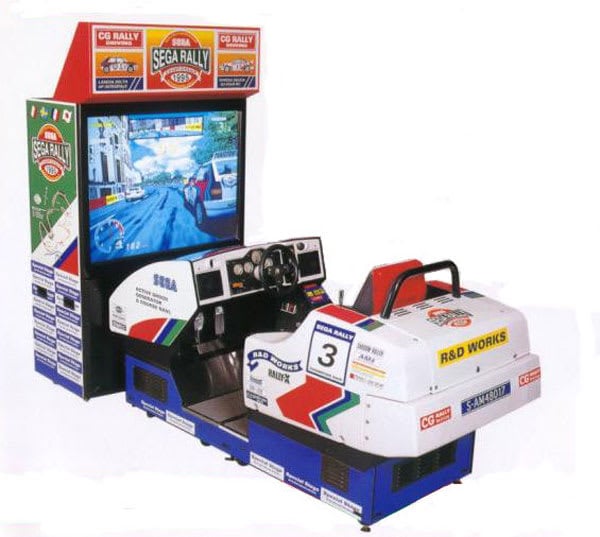
Namco’s Ridge Racer was also the first of its franchise, and again, was everywhere at the time it came out. It was much more arcade-y than Sega Rally and focused on drifting around corners, making it one of the cooler driving games of the time. It’s hardly surprising that it helped to sell a lot of PlayStations when it was ported to the system. There have been several Ridge Racer games in arcades, and countless millions of console versions (okay, I exaggerate, but only slightly).
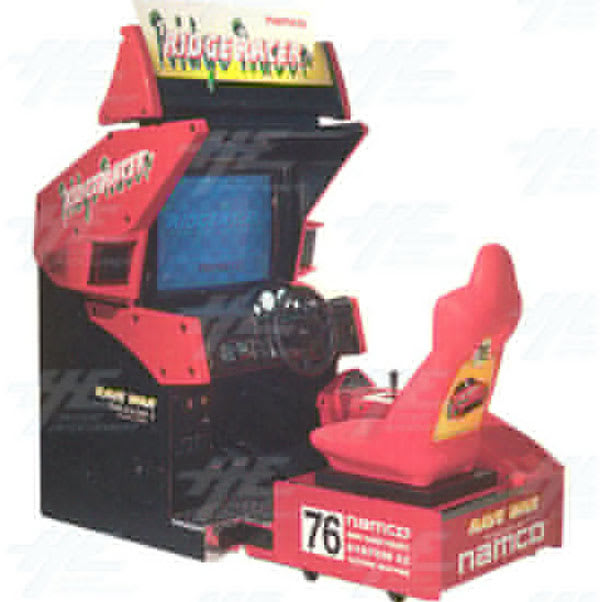
Although Ridge Racer was one of the coolest driving games around, making you feel like you really could burn rubber around long curves, and looked absolutely phenomenal, Sega Rally Championship changed driving games forever. Namco called Ridge Racer "the most realistic driving game ever” in their promotional materials but it wasn’t a claim they could back up, especially after Sega Rally Championship blew it away. However (and feel free to disagree with this in the comment below), Ridge Racer was more unbridled fun than Sega Rally. Putting the pedal to the floor and sliding around a long corner was arcade driving bliss, and while Sega Rally gave you the feeling of being a real rally driver (without the whiplash), arcade games are meant to be about fun experiences.
Winner: Though it’s a close thing, I’m going to have to give it to Ridge Racer. If you want to feel like a real rally driver, you can become one. If you want to drive like a crazy person at ludicrous speeds along the highway, you’re going to get arrested if you do it for real. Ridge Racer gives an experience that Sega Rally doesn’t.
The Multiplayer Kings:
Daytona USA (1993) vs. Wangan Midnight Maximum Tune 2 (2004)
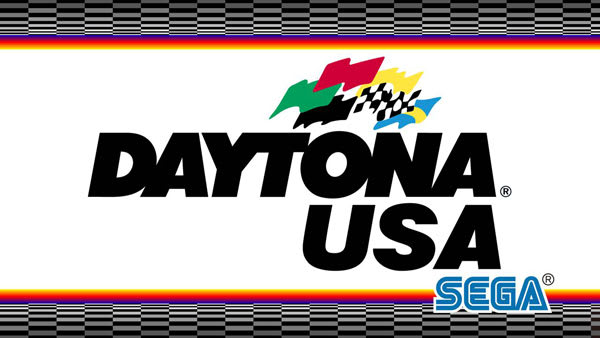
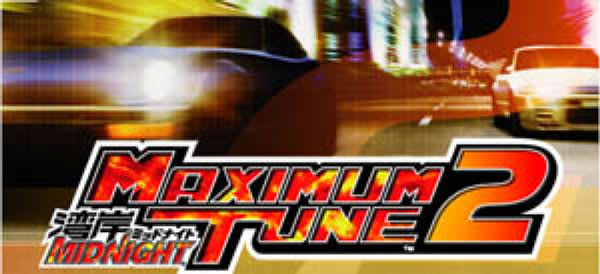
In 1992, Sega released Virtua Racing (as part of their Boringly-Named Machines Series, I imagine), but followed it up with Daytona USA the next year, putting arcade-goers into a state of frenzy. The graphics were fantastic, especially when compared to the flat, boring polygons of Virtua Racing, but the best part was if you were lucky enough to find an arcade that had linked eight machines together to form one unholy beast of gaming ecstasy.
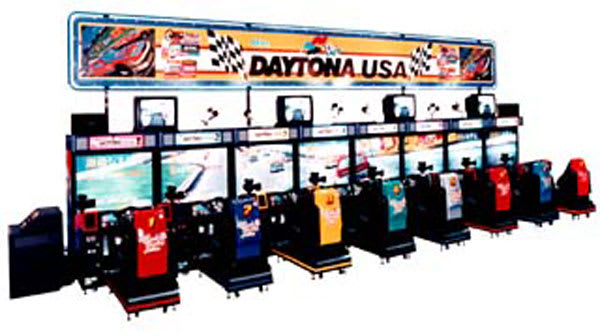
Namco’s crowning glory of multiplayer, in my opinion, has to be Wangan Midnight Maximum Tune 2, a competitor for Stupidest Mouthful Game Title, at least out of all the games in this blog post. Absurd appellations aside, however, there aren’t many better racing games than this when linked up for four-player action. Based on the Japanese comic books, Wangan Midnight has a cartoon-y feel, complete with imbecilic characters with impossible hair commenting over the top of your driving.
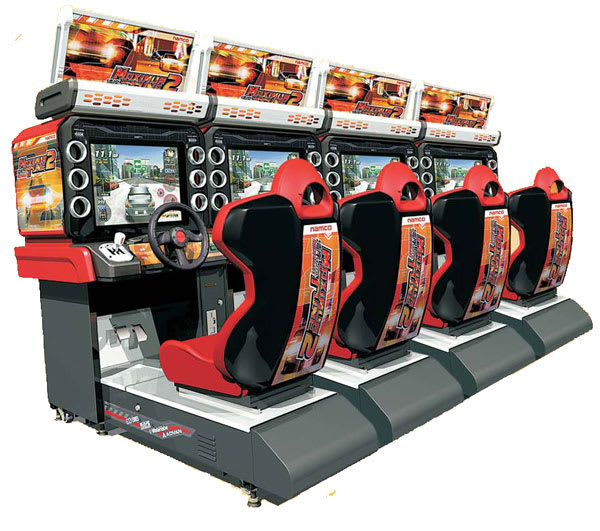
Wangan Midnight Maximum Tune 2 (as well as all the other games in the series) makes multiplayer fun in a way that many racing games don’t. The soundtrack is great, the visuals are exciting and there’s a real sense of speed. However, Daytona USA can have eight players. Eight players. If you’ve got seven mates, a pile of coins and any idea of what fun is, you can’t really do any better.
Winner: Daytona USA really can’t be beaten for multiplayer. Though it’s not the best driving game ever made in terms of courses, cars, soundtrack and whatnot, there’s no substitute for battling it out with seven friends or enemies and beating them all to the line.
The Bike Racers:
Hang-On (1985) vs. 500 GP (1998)
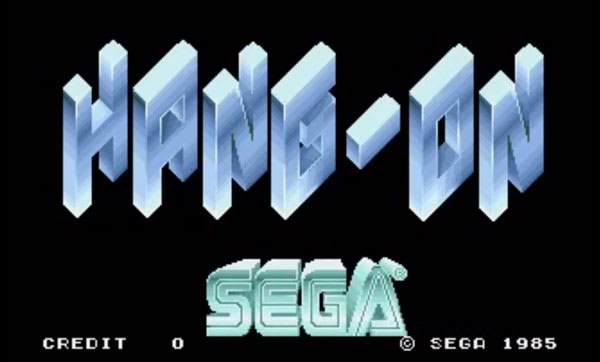
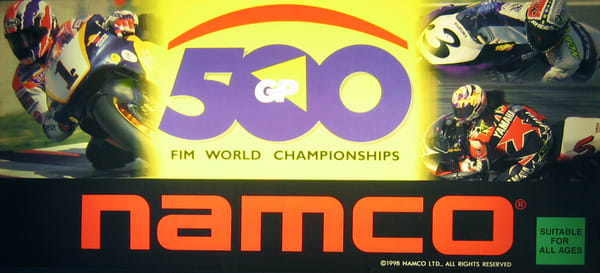
Billed as “the world’s first full-body-experience video game”, Hang-On was created by the great Yu Suzuki (who you might remember from my blog post on Five Games Industry Names You Should Know) and was titled after a mistranslation of “hang-off”, a technique that’s something to do with holding on to the handlebars when turning. I don’t know exactly what, but you didn’t come here to learn motorbike handling jargon, so we’ll just move on. The cabinet had an actual bike-shaped controller, a first for the time, and quite clearly spawned a series of clones and variations over the years, including Sega’s own Super Hang-On and Manx TT.
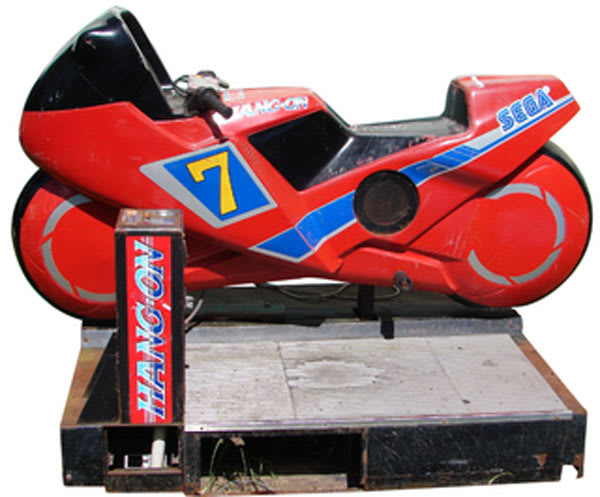
One such clone of Hang-On was 500 GP, released by Namco and featuring licensed courses, authentic bikes from Yamaha, Suzuki and Honda, and real 500cc GP riders. Coming 13 years later than Hang-On, it’s a considerably more sophisticated machine with responsive bike controllers, great graphics and sound, and multiplayer modes with linked-up machines. Things sure do move along in 13 years in the world of video gaming.
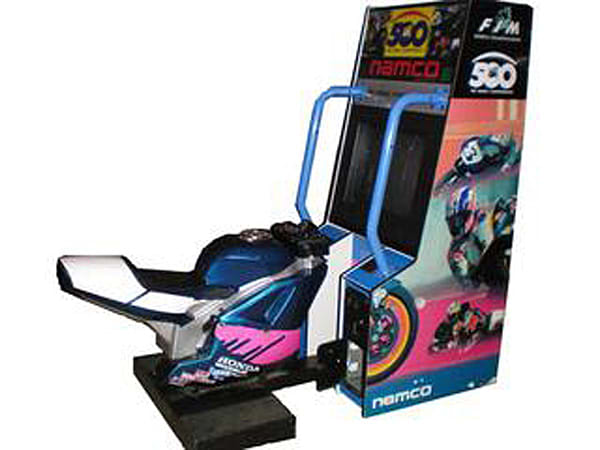
The basic principle of a bike racing arcade game hasn’t changed since Hang-On: ride really fast, turn corners, get to checkpoints. It’s not rocket science. It could be argued that there’s not much that you can change about a bike racing game, aside from making it more realistic and putting more race options in, and so the genre seems to have mostly stagnated. Hang-On and 500 GP are both excellent (for their time) but there can be only one winner.
Winner: Hang-On has to claim the victory here; it was an entirely new arcade experience, imaginative and innovative, and pushed the hardware of the day to its limits. 500 GP is the technically better game, and probably more fun to play now, but it was just an imitation of one of Yu Suzuki’s masterpieces.
The Crazy Ones:
Crazy Taxi (1999) vs. Mario Kart Arcade GP (2005)
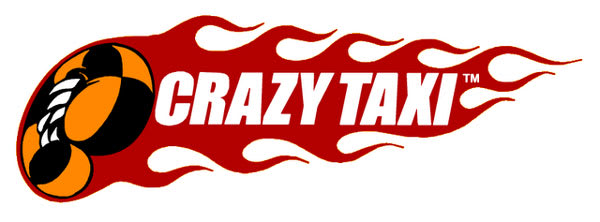

Sometimes you need some craziness to liven up a racing game, and Crazy Taxi took that message to heart. Although it’s not a traditional racing game, in that you have an open city in which to drive maniacally rather than a race track, the checkpoint action derives from picking up passengers and makes it a frenetic and absurd experience. Collect fares, drive them as stupidly as possible to their destination, and repeat, all while listening to that classic Offspring music.
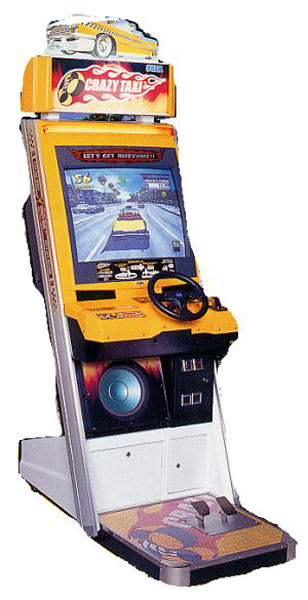
Everyone has heard of Mario Kart by now, I’m sure. Mario and Bowser and friends all race around the Mushroom Kingdom on karts, throwing turtle shells at each other, breathing fire and competing for cups. It makes perfect sense if you take a lot of drugs, I’m sure. Namco collaborated with Nintendo to produce an arcade version in 2005, managing to slip Pac-Man in as a playable character, and perfectly captured the idiocy and joy of the home console versions.
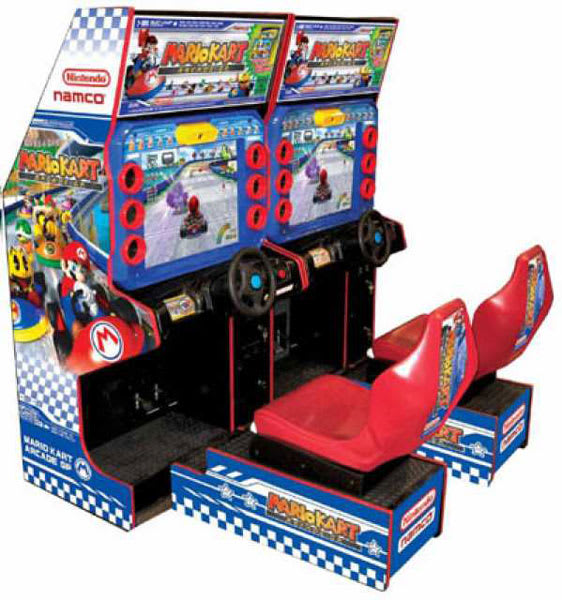
As a stand-alone experience, Crazy Taxi is a fantastic game for a few minutes at a time, sucking up 50p coins as you try to set a new high score. As a truly crazy experience, however, not much can beat Mario Kart, which takes a photo of you before you start playing and adds a disguise to transform you into Mario or one of the other characters. It also features multiplayer, which wouldn’t have made much sense in Crazy Taxi, but then nothing in this section makes an awful lot of sense anyway.
Winner: Mario Kart Arcade GP may have been almost cheating, building on an established franchise, but it made for a great arcade machine with some fun additions to the established standards. It out-crazies Crazy Taxi, so it has to win.
The Classics:
Out Run (1986) vs. Pole Position (1982)
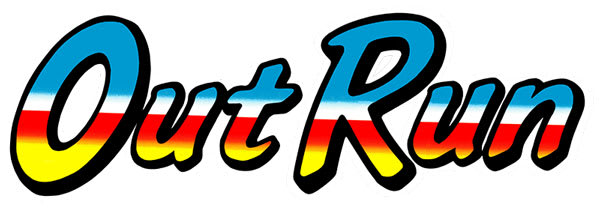
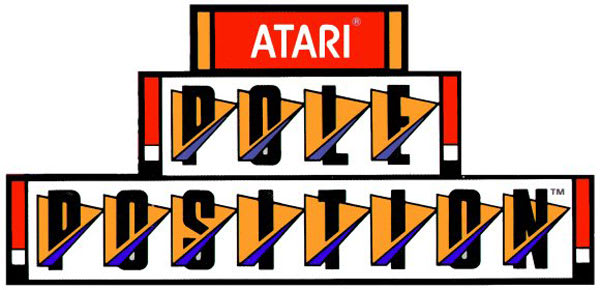
I’m sorry, okay? I had to put Out Run in here; it’s Sega’s most famous racing game. I won’t mention the music, I promise. Regardless, you can’t deny Out Run’s importance to the racing game genre: it made racing cool, gave you a choice of routes as you played, making it replayable and addictive, and [comment about music redacted for the sake of preserving the sanity of my readers]. If you’ve never played Out Run, I’d argue that you haven’t really lived, but you certainly haven’t experienced one of the best driving games of all time.
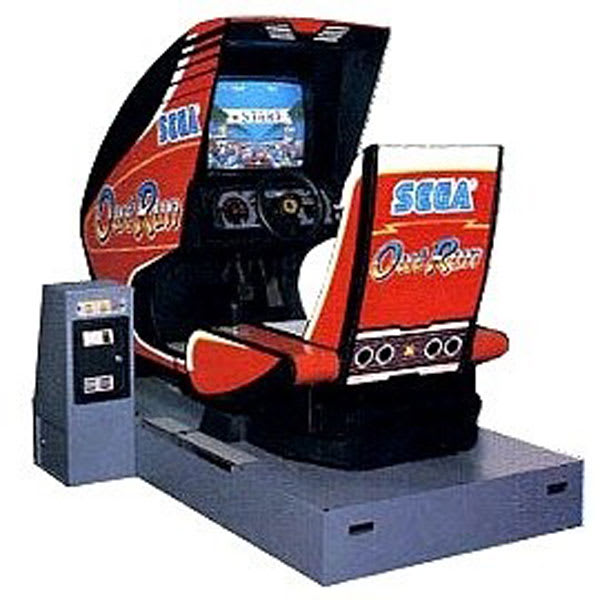
In 1982, Namco offered Bally Midway the choice of U.S. distribution rights between two games. They chose Mappy, a platform game about cats and mice. That left Atari with Pole Position, which went on to be the most popular and highest-grossing arcade machine of 1983, established many of the conventions of driving games, and has been frequently called one of the most important video games of all time. Good work, Bally Midway. Pole Position had scaling sprites and perspective, a track based on a real circuit, and a qualifying lap before going on to the main race, all of which were incredible innovations at the time.
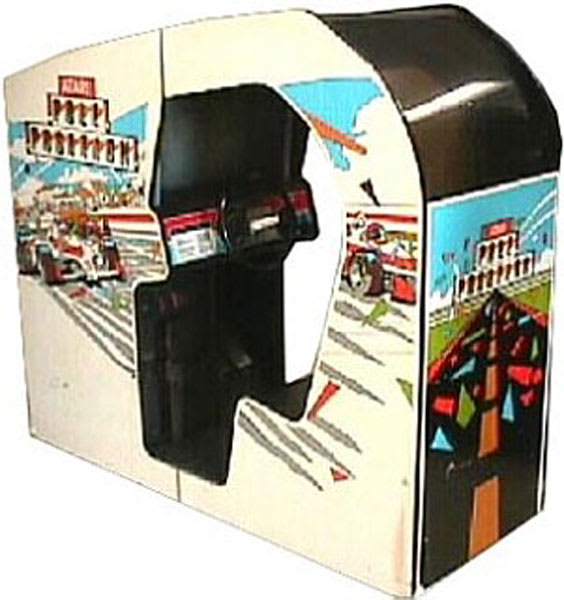
I don’t know how to choose between these two games. While Out Run has aged better and is still fun to play today, it wasn’t a trailblazer like Pole Position, and it’s arguable that the former wouldn’t exist without the latter. Pole Position was a supremely important game that changed driving games completely, but so was Out Run, albeit in a different way. It didn’t set many trends of gameplay, but it had a unique style to it.
Winner: I’m not even going to try and choose. Both games were of absolute importance to the genre and gaming as a whole, and both belong in any arcade, even now. Without either of these games we wouldn’t have the driving games we do today. Obviously my personal preference is for Out Run, but I can’t deny the impact that Pole Position had. Nor can Bally Midway.
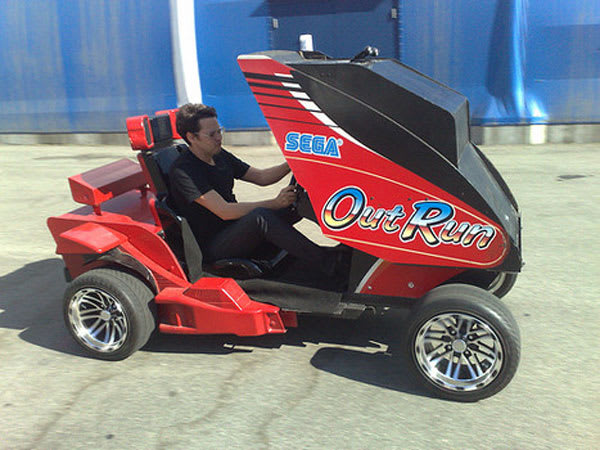
This man built a real car out of an Out Run arcade machine. I guess we know which game he prefers.
So, it seems we have a tie. Sega scored two outright wins, Namco also scored two, and we had a tie on the final game. Maybe this entire exercise was pointless and there’s no way to choose between the two companies.
Maybe not, however. To resolve the impasse, I need your opinions: the games you loved, the company you preferred, the ones I missed that were so obvious that you’re screaming at the screen, and the bits I got glaringly wrong because clearly Sega Rally is better than Ridge Racer (or whatever else you think I got wrong). So, let me know! You can get in touch with me through the comments below, via Facebook, Twitter, Google +, or email [email protected].
Written By: Dave Morgan